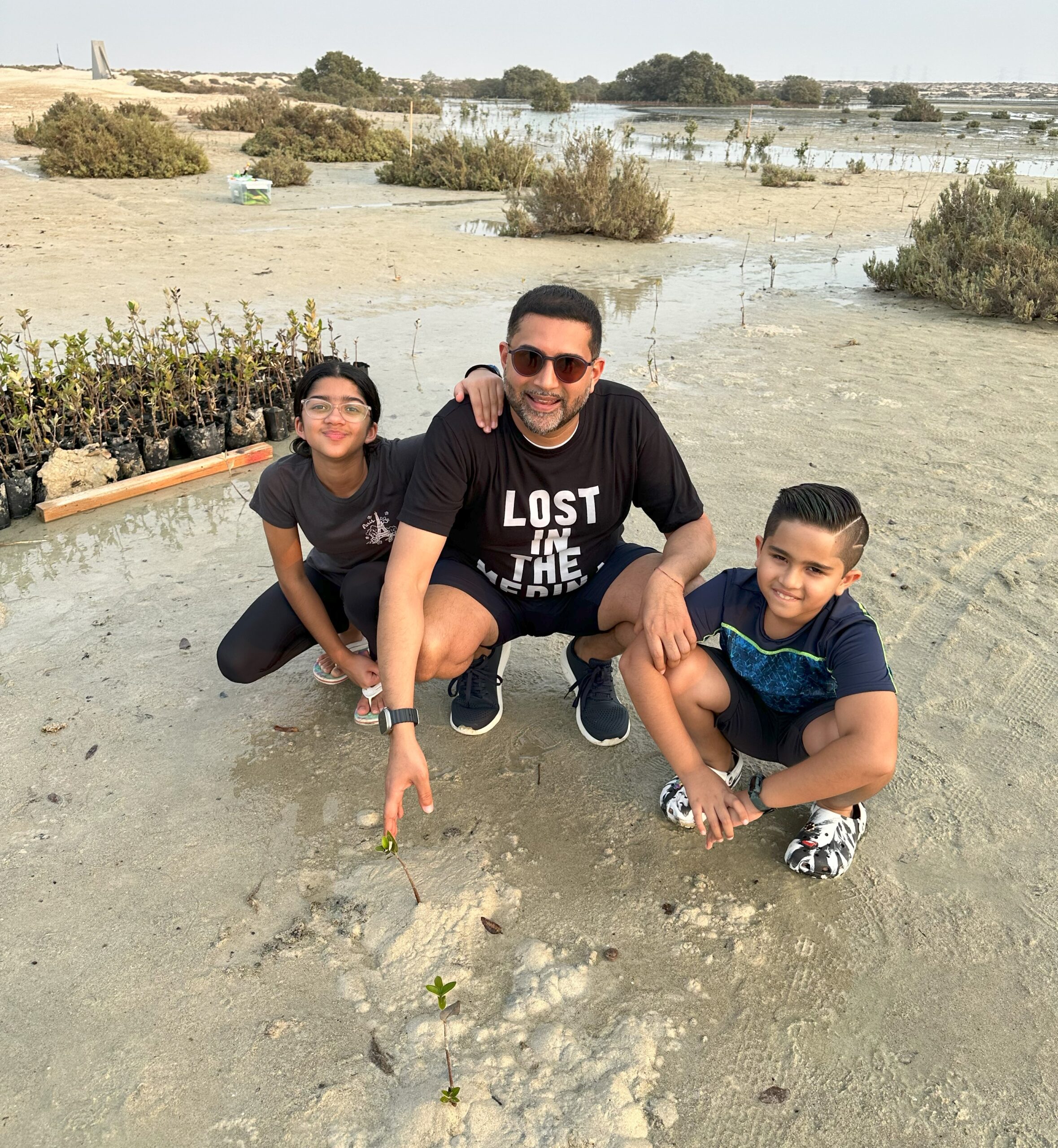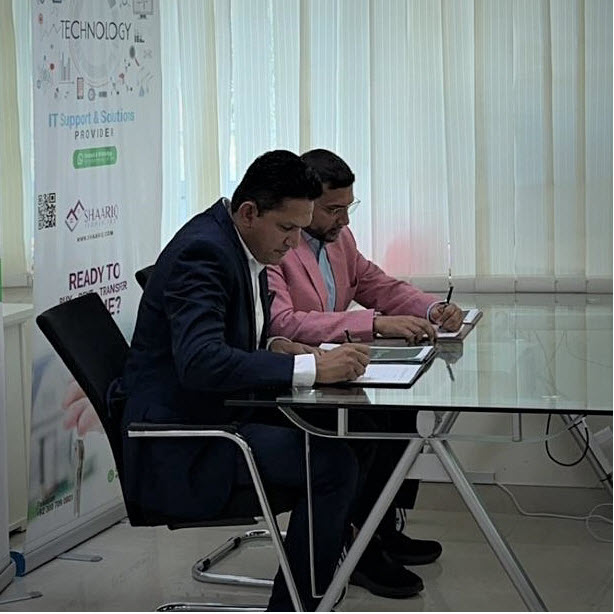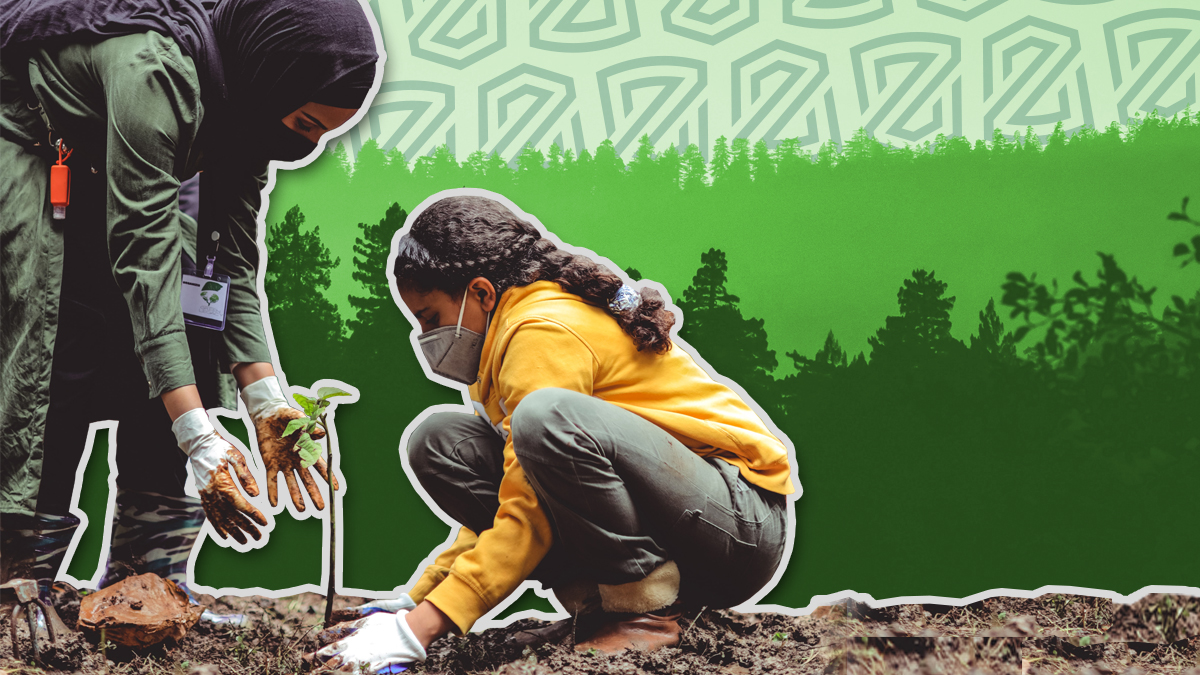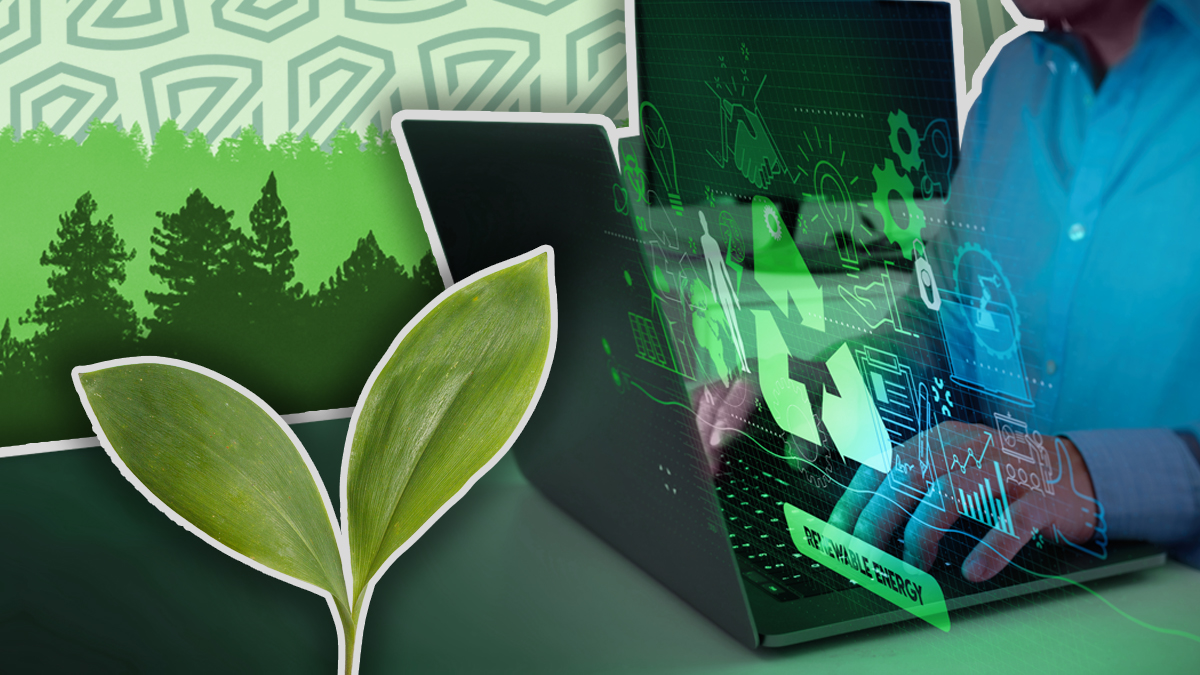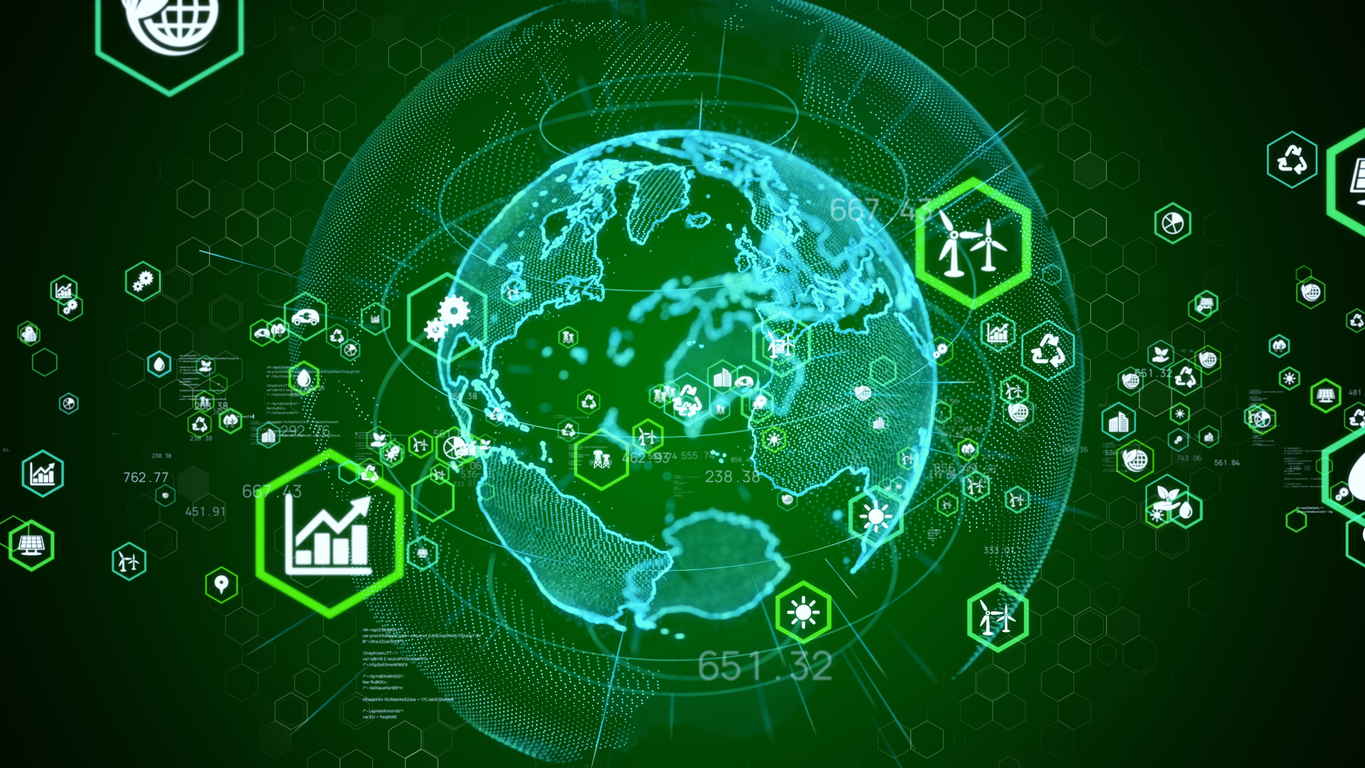
I have spent much of 2023 talking about technology and the exciting progress we’ve seen in artificial intelligence (AI) and blockchain this year. But at ZorroSign, we are committed to advancing technology while advancing sustainability—and I want to focus on those sustainability efforts today.
I have been fortunate to travel the world, attending educational institutions from Boston to New York, Toronto to Vancouver, Dubai, Hong Kong, and Singapore. This global education not only made me feel like a citizen of the world, but it also opened my eyes to both the beauty of our planet and the damage humans can do it. No matter your individual politics on climate change, we can all agree that conserving natural resources will benefit our children and the human generations to follow. As such, we have a role in sustaining natural resources as effectively as we can during our time as stewards of our home planet.
I founded ZorroSign not just to improve data democratization, privacy, and security as we move to 21st century digital economies, but also to improve sustainability.
Aspiring to a digital, paperless life allows all of us to potentially save trees, save water, and reduce our carbon footprints. Businesses, governments, educational institutions, organizations, and individuals who use ZorroSign go digital and so “go green”: Creating, approving, sharing, executing, and storing digital agreements, documents, and transactions instead of printing, faxing, scanning, and shipping documents to collect signatures, then storing multiple hard copies forever in filing cabinets.
This environment savings is critically valuable—not only to the ZorroSign users who save costs and save resources, but to everyone else on Earth who benefit from those same savings!
To accelerate this value, I have committed ZorroSign to several international conservation efforts, hoping to additionally replenish those natural resources already consumed. For example . . .
Save a Tree. Plant a Tree
Through our Save a Tree. Plant a Tree program, ZorroSign has pledged to plant a new tree on behalf of our customers every time they save 8,000 pages of copy paper.
One tree produces roughly 8,000 pages of copy paper. Studies show that by reducing the use of paper, we can realize significant environmental benefits such as conserving water, reducing carbon emissions, improving air quality, and reducing deforestation. So by using ZorroSign in human resources, financial, legal, sales, and other departments, you can not only save trees (and watch your cost of doing business go down), but you are also helping replant trees to reforest the planet.
One Tree Planted
Since 2014, the non-profit organization One Tree Planted has more than doubled the number of trees planted each year. The NPO works with partners across more than 80 countries in North America, Latin America, Africa, Asia, Europe, and the Pacific to drive global reforestation. One Tree Planted makes it simple for anyone to help the environment by planting trees: Restoring forests, creating habitat for biodiversity, and making a positive social impact around the world.
ZorroSign has been an active partner since 2018, and we give to One Tree Planted in the hopes of inspiring other businesses to include such reforestation as part of their sustainability efforts. To learn more about this incredible program, visit OneTreePlanted.org
United Nations’ Plant for the Planet
In 2004, Wangari Maathai, a professor and member of Kenya’s Parliament, won the Nobel Peace Prize for her role as the founder of the Green Belt Movement. In 2006, Professor Maathai launched a billion-tree campaign, with the United Nations Environment Program called Plant for the Planet. That program achieved their goal and now runs the Trillion Tree Campaign!
Again, ZorroSign is a proud contributor to the Trillion Tree Campaign and invites you to learn more about this growing UN effort at Plant-for-the-Planet.org
Supply Chain Traceability and Transparency
Beyond these conservation programs, “blockchain has significant potential to support sustainability, and it may prove to be a valuable tool to help companies advance environmental goals,’ notes PwC.
For example, blockchain technologies like ZorroSign help create more transparent and traceable supply chains. Such traceability can reduce waste and improve the sustainability of products and materials. A company might use blockchain to track the source and movement of raw materials, ensuring that they are being sourced sustainably and ethically. This enables consumers to make more informed choices about the products they buy, and encourages companies to adopt more sustainable practices.
“Blockchain will prove to be the ultimate answer to supply chain transparency,” explains Rhonda Dibachi for Forbes. “Requiring that suppliers accept APIs is one way of gaining visibility in a world where no digital architecture currently exists for it. To get beyond the self-contained bubble of the connected factory to the next step—a connected supply chain—you have to invite your suppliers in, and the blockchain offers a mechanism for the trust that will be required. That’s why blockchain will be the ultimate solution for all sorts of business that requires trust.”
“Blockchain’s role in helping the environment can go far beyond energy footprints and carbon credits as well,” adds CoinDesk in a recent article. “We expect to see an increasing number of sustainability-focused systems launching in 2023, where things like water usage or plastic creation could similarly be tracked and reported. Governments and regulators could create clear standards for what levels of environmental impact are acceptable across various industries and utilize these blockchain systems to monitor them. This would not only benefit the planet itself, but it would also streamline business processes via clear expectations for emissions. Even electrical grids can be managed via blockchains and smart contracts.”
COP28 in Dubai
Last but not least, I’d like to promote the 2023 Conference of the Parties (COP) to the UN Framework Convention on Climate Change (UNFCCC) — COP28. This global event will be hosted in Dubai, United Arab Emirates this November 30th through December 12th, and I am thrilled to attend!
COP28 UAE promises to be a milestone moment when the world will take stock of progress on the Paris Agreement—a legally binding international treaty on climate change adopted at COP21 in Paris, France, December 2015 and entered into force November 2016.
To learn more about this year’s event, including opportunities to participate, visit COP28.com
Finally, I invite you to connect with me on LinkedIn to discuss how your technology leadership can support sustainability and environmental conservation as well.
